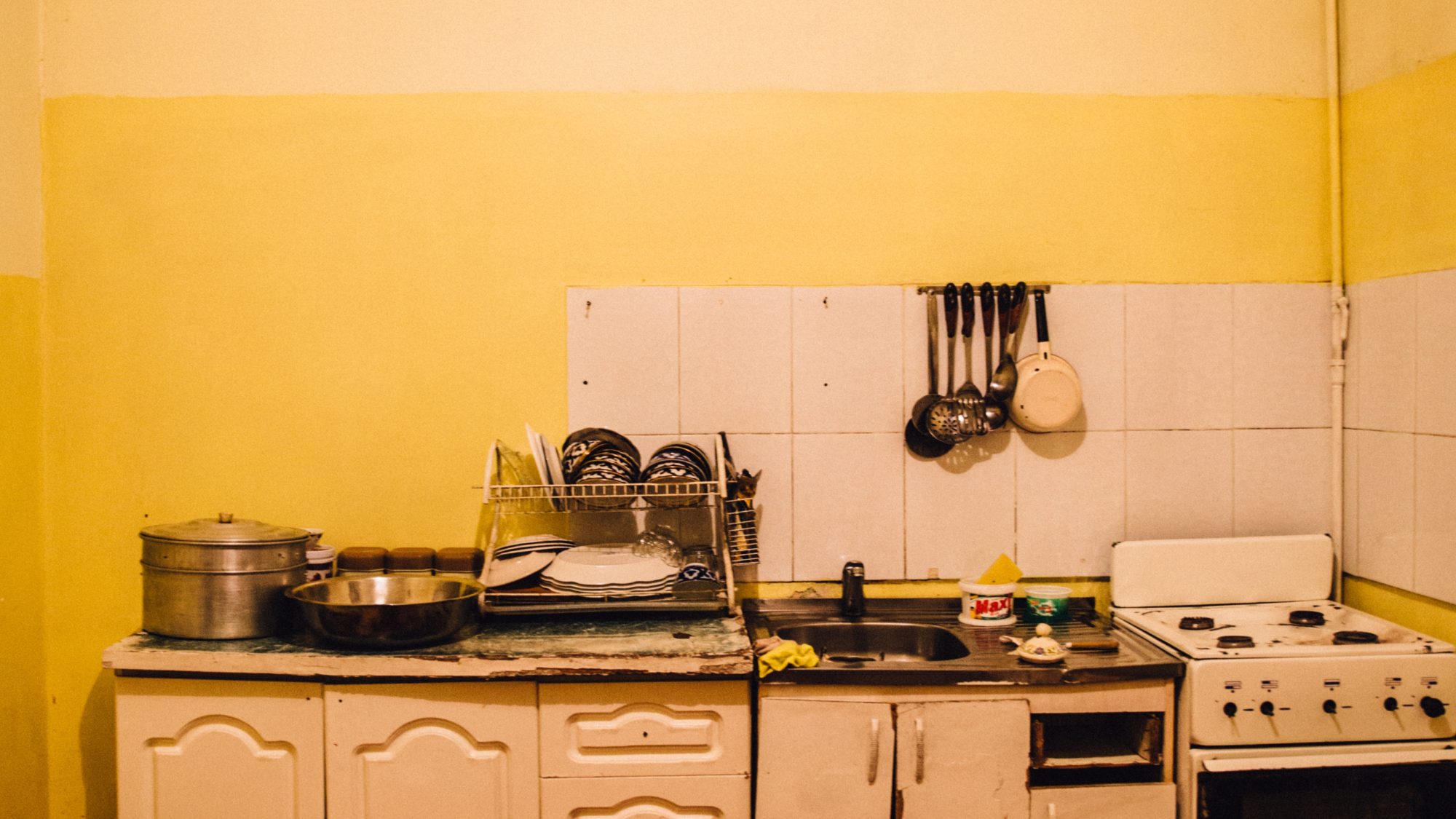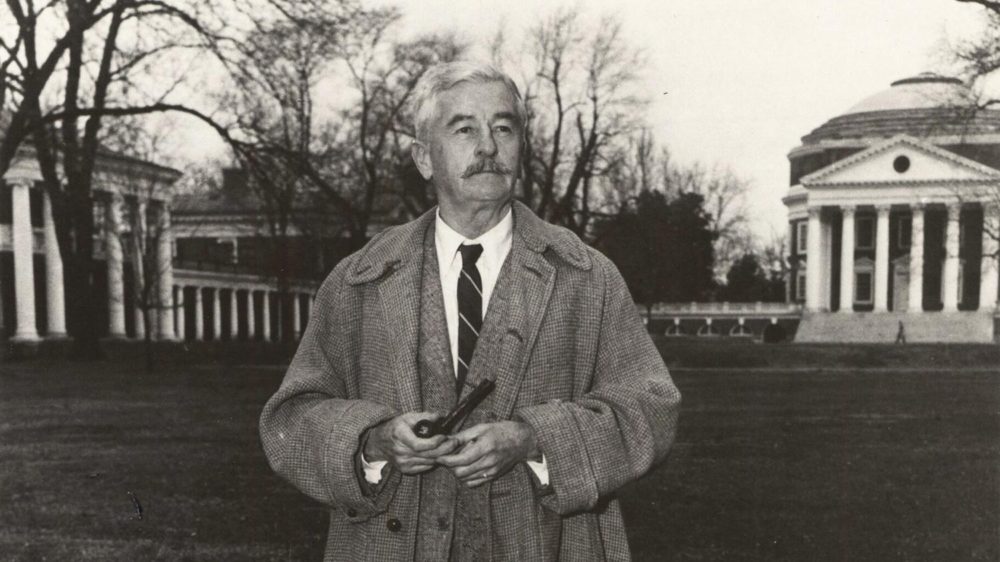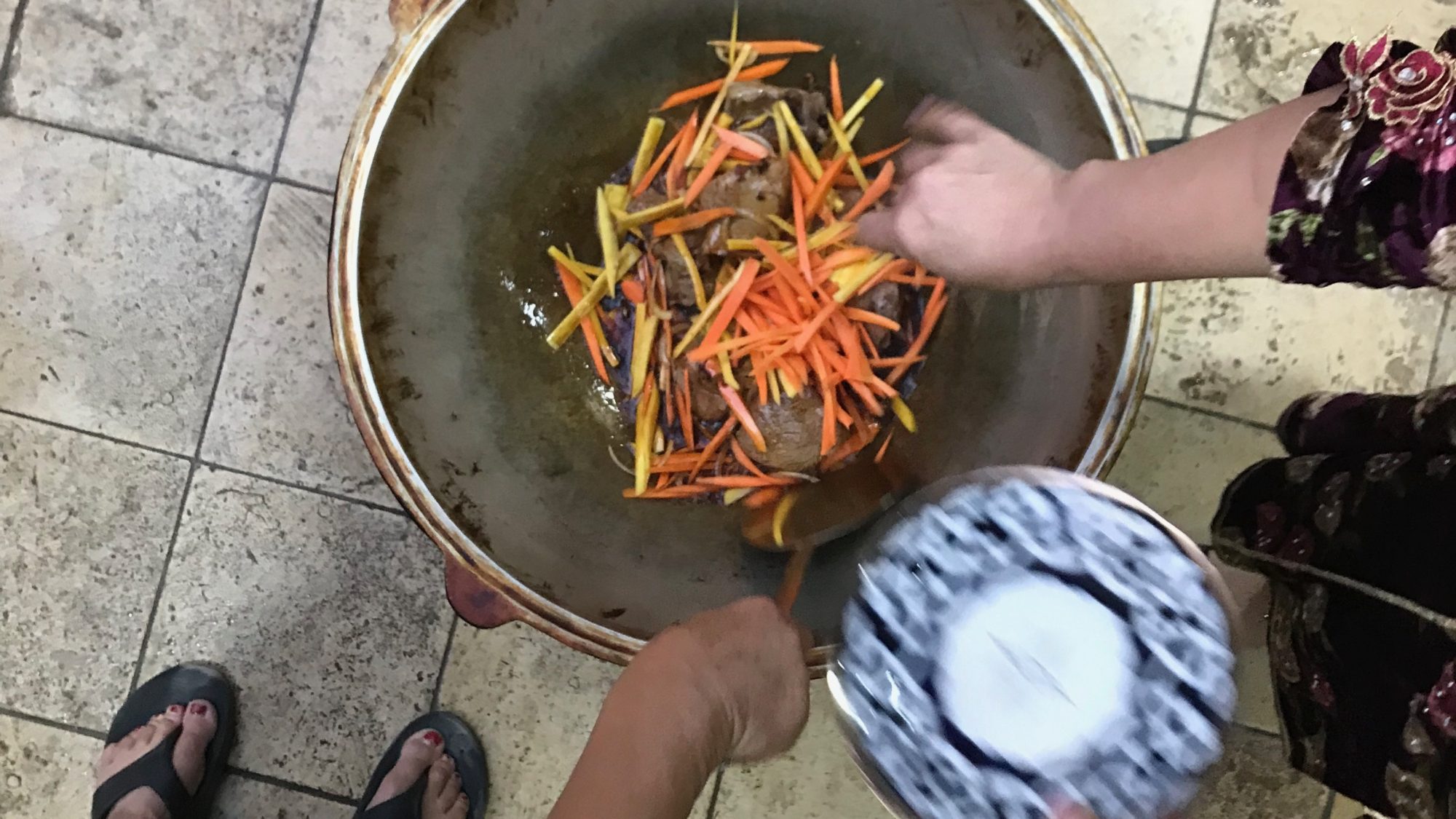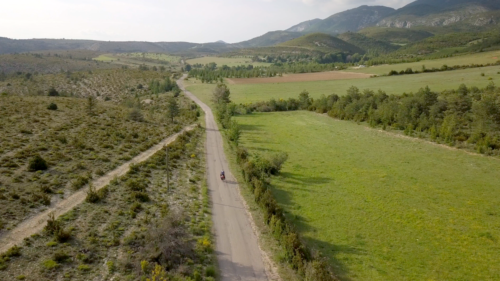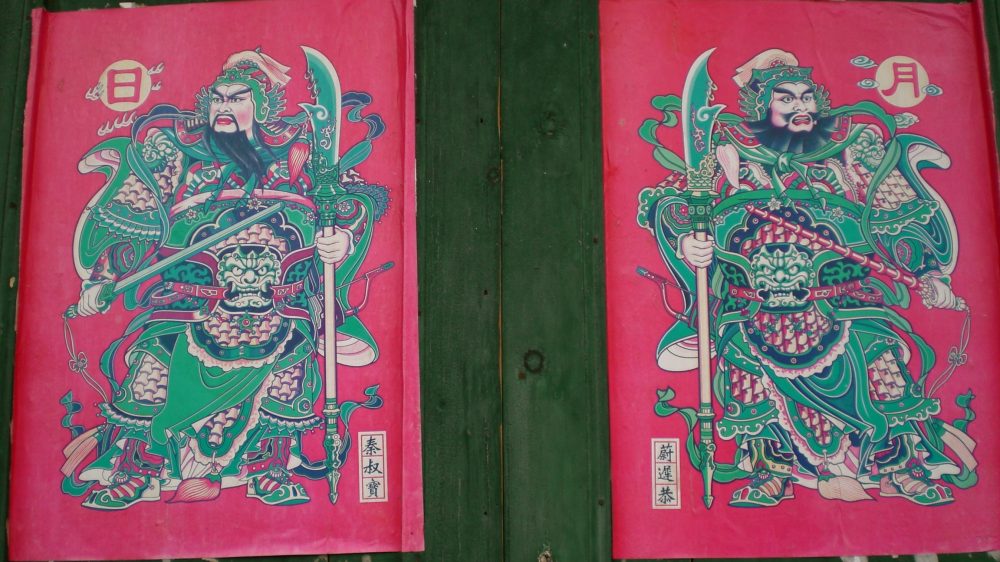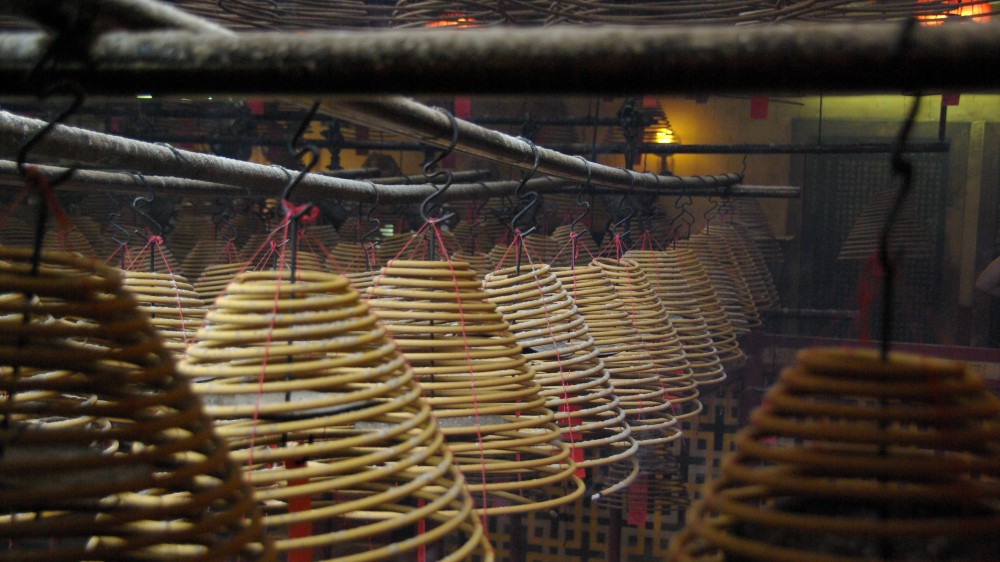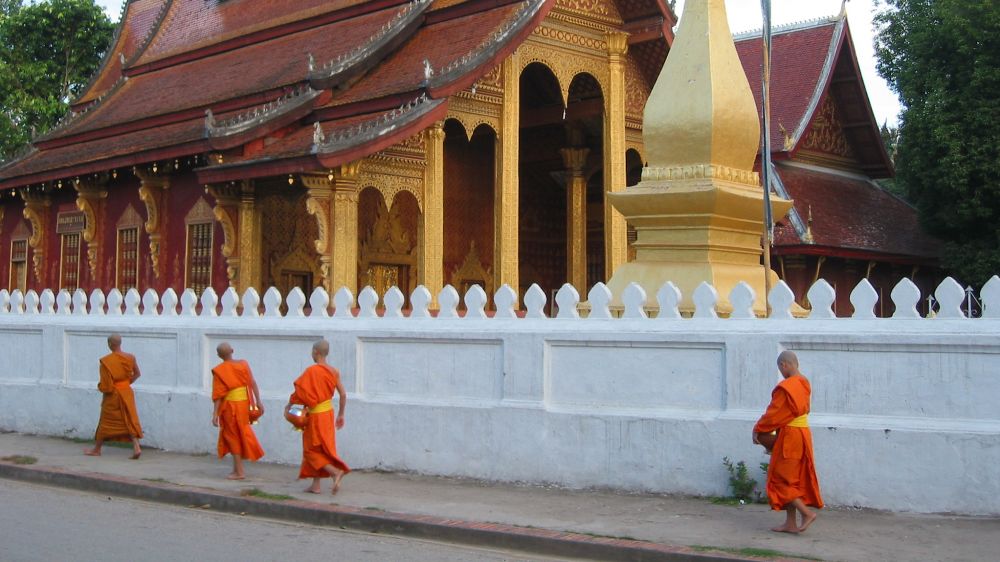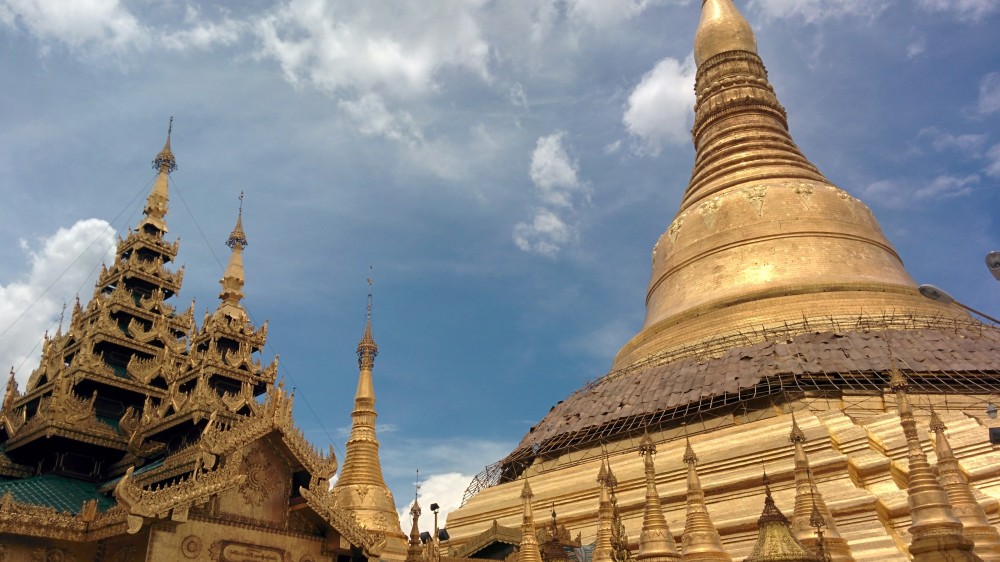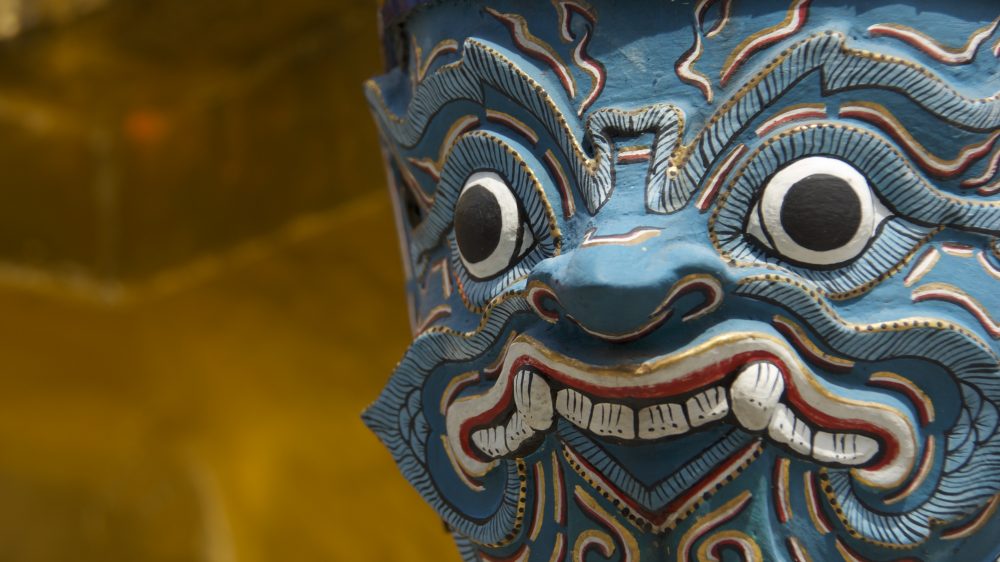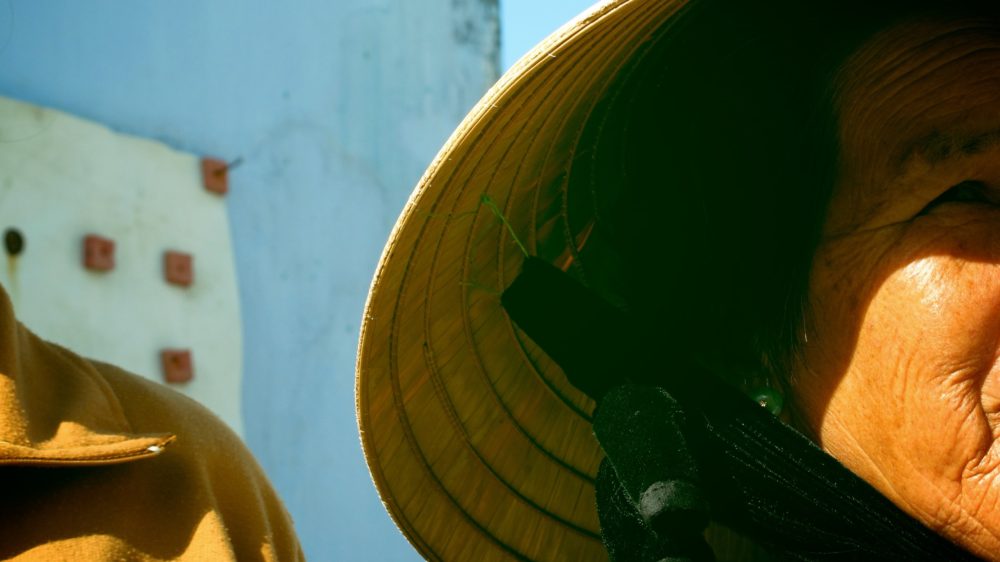Trufflepig Recipes: Congee
I have a list of three things which, perhaps due to a repressive part of my psyche or some masochistic Protestant lean, I have denied myself until I felt I could no longer continue without them; reading the entire Faulkner cannon, going on a surf/bike road trip through California, and learning how to make my own Congee.
Covid put paid to California (for now), while lock down unleashed me on Faulkner. And since I have two young kids at home 24/7 and 3 meals a day to prepare… it’s finally time for Congee. Congee, that magic bowl of mush that’s eluded me for years, here we go.
My mind works in metaphors and for me the dish is a microcosm of a continent. It captures all that interests me in Asia, the melding of the central flavours, hot-sour-salty-sweet. It fills the house with a thickness that transports me waftingly to some humid far-off imagined land. It’s made with leftovers, demonstrating how nothing in Asia is lost off the table, all is used. And there is tasty fish sauce… which is glorious fermented nasty (and that means good). It is simple, elegant, and umami; literally translated from umai (うまい) “delicious” and mi (味) “taste“).
So here I give you a Congee recipe, if recipe you can call it, interspersed with Faulkner quotes, layered over an album that embodies all that is good from Southern California Surf days, Pet Sounds.
INGREDIENTS:
- Jasmine Rice
- Dark meat Chicken
- Ginger, Garlic, Green Onions
- Mushrooms with funk, shitake, porcini, what ev’s.
- Fish Sauce, Soy Sauce, Sesame Oil, Salt and Pepper
- Toppings of choice, pickle, boiled egg, fried shallots, etc.
1. Add Rice to Water in a 1:10 ratio (1 cup of rice to 10 cups of water, yup that much) in a large pot.
“I feel like a wet seed wild in the hot blind earth.”
2. Add all the other ingredients (minus sauces & toppings). Yes the lack of precision in measurements is entirely deliberate. Place a lid on top and bring to a boil over high heat. Once it reaches a boil, reduce the heat to low and let simmer for 1-2 hours, or until a thick porridge forms. Stir the congee often while simmering, replacing the lid each time.
“If he’s bothering about style, then he’s going to [cook] precious emptiness–not necessarily nonsense…it’ll be quite beautiful and quite pleasing to the eye, but there won’t be much content in it.”
3. Once the porridge has become thick, using tongs carefully remove the chicken pieces and place them on a cutting board. Use two forks to shred the meat and remove the bones. Return the shredded meat to the pot.
4. Stir and taste the porridge, and add salt as needed, and/or salty soy sauce. At this point the house is filled with the smell of the mix.
“Some days in late August at home are like this, the air thin and eager like this, with something in it sad and nostalgic and familiar…”
5. Ladle the congee into bowls and add toppings and sauces of choice.
“The only rule I have is to quit while it’s still hot.”
I might be reading too much into it, but there is religious alchemy involved in this dish. You have to put it all in, let go and allow the magic of chemistry and heat to take over for most of the process. This too reminds me of Asia; you land and step off the jet bridge into a world that you don’t know, a place where the modus operandi is behind some cultural door locked to your foreign eyes. In this analogy you are the congee – you have to let alchemy do its thing to bring out the best, to let go and let that magic happen, only then will you come home from Asia warm, full, and slightly smelling of fish sauce.
—–
To misquote Faulkner, “I never know what I think about something until I read what [Tyler’s] written on it” and even then I can come away quite confused. For greater (or perhaps lesser) clarity, message him here.
